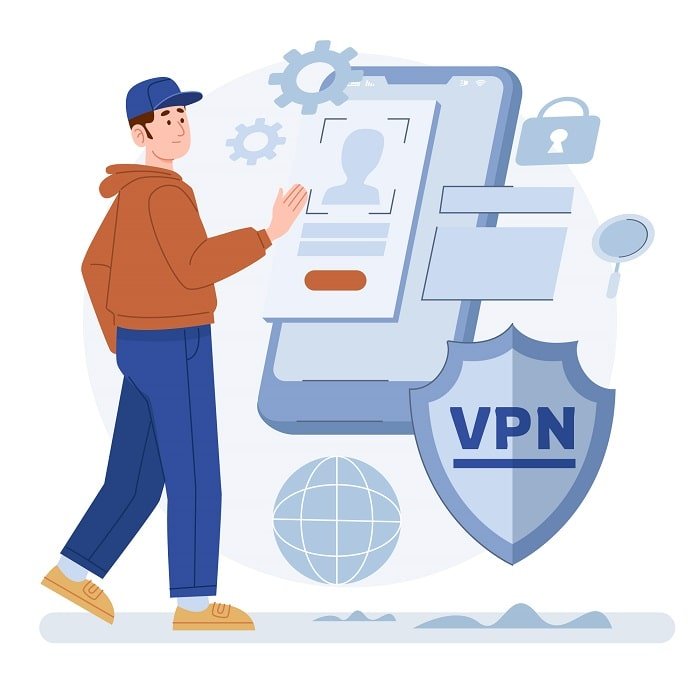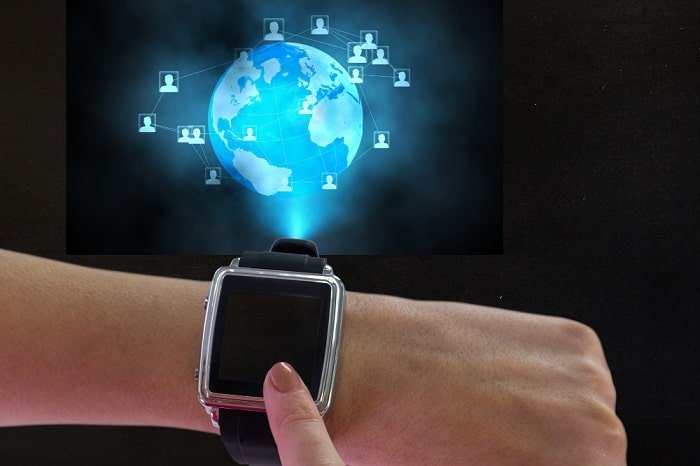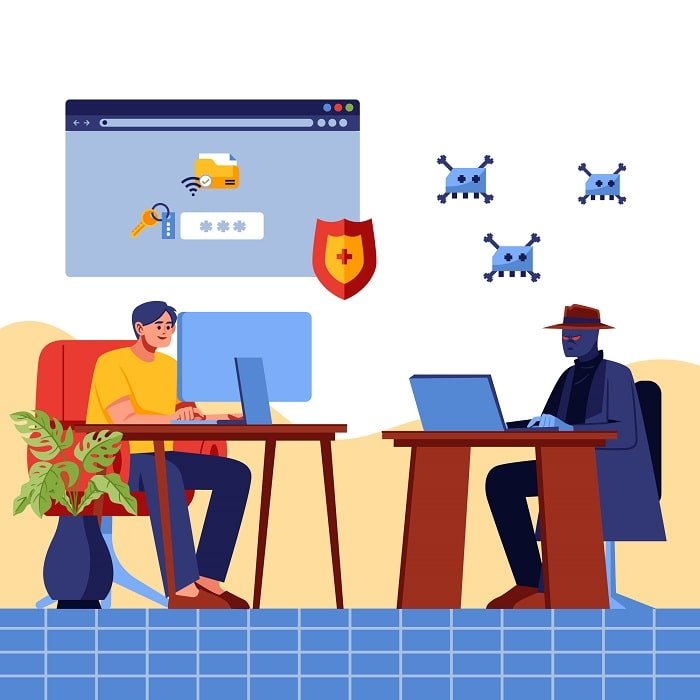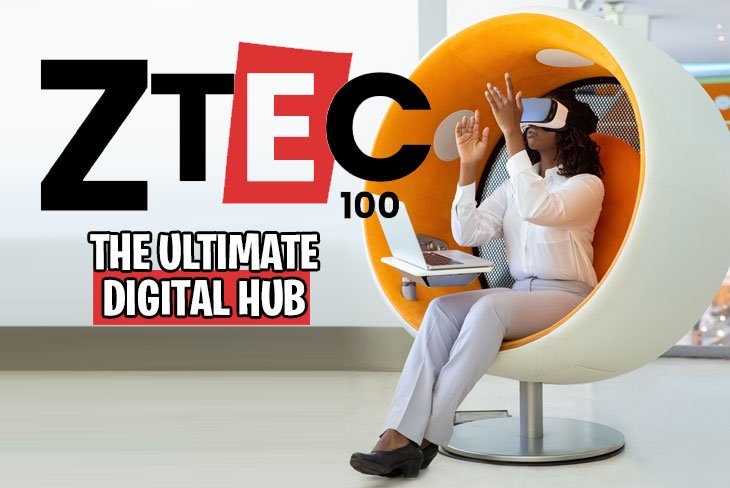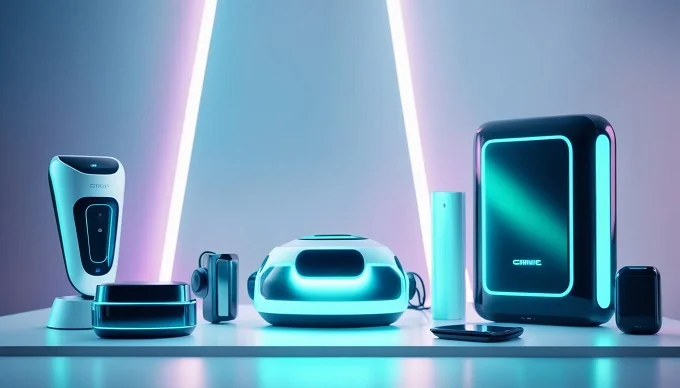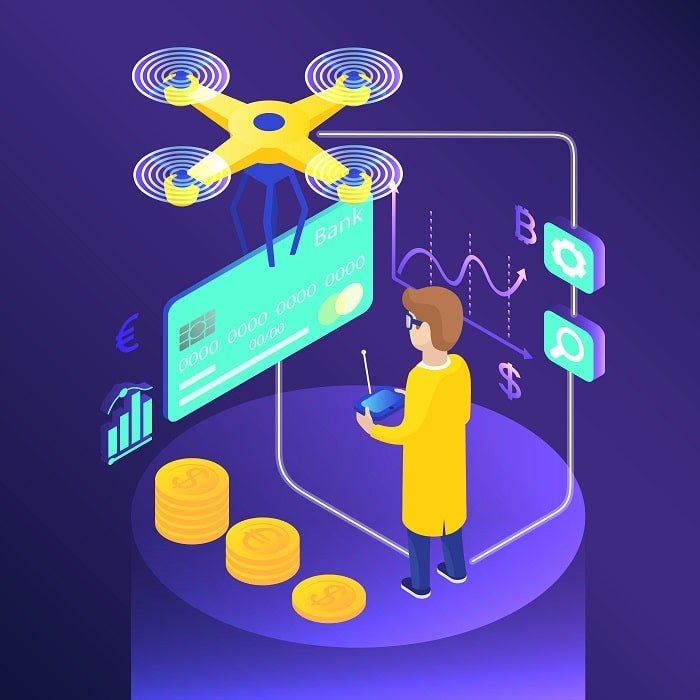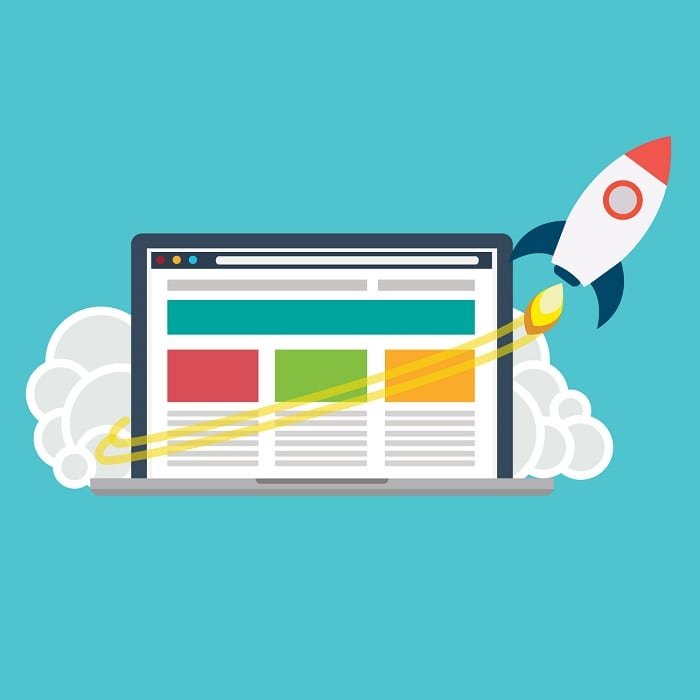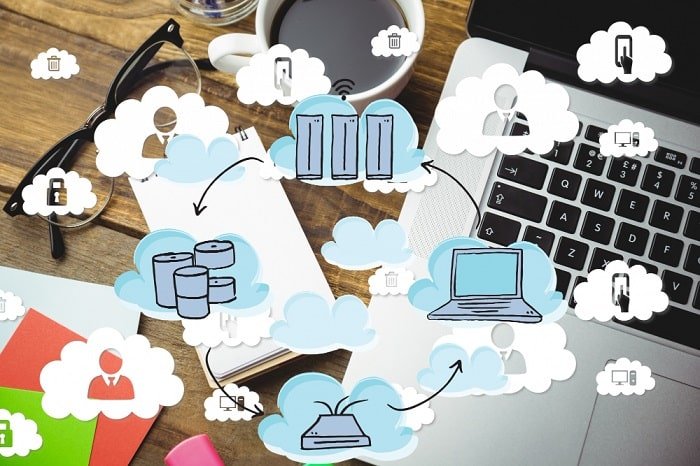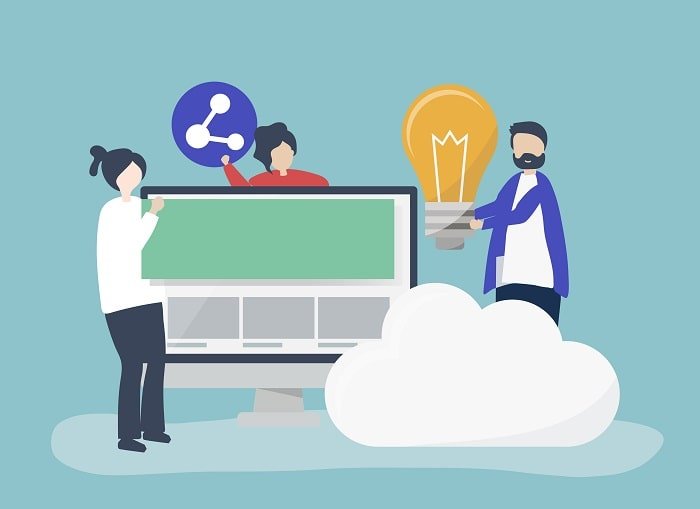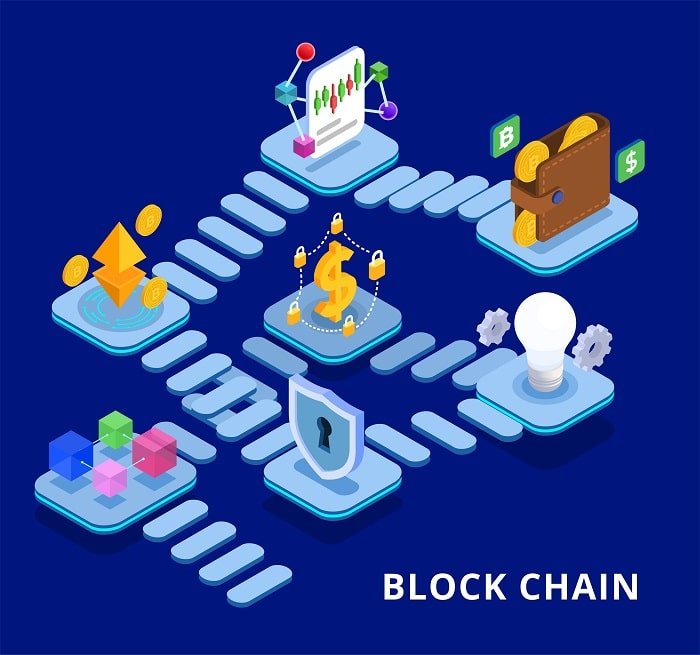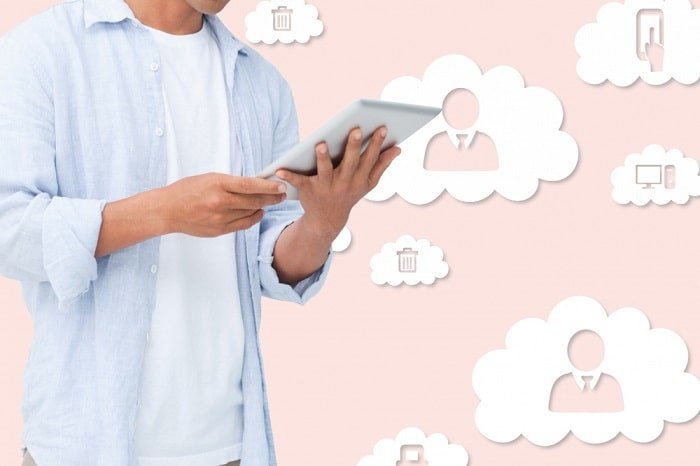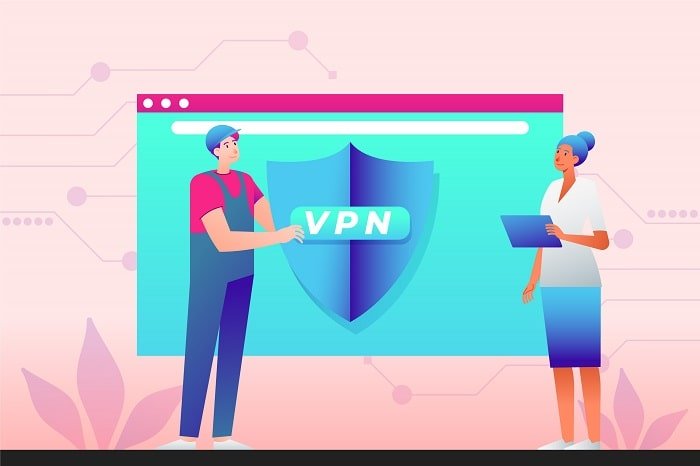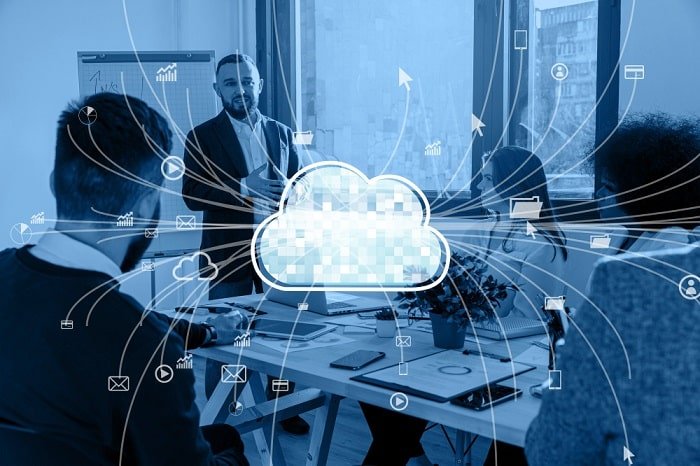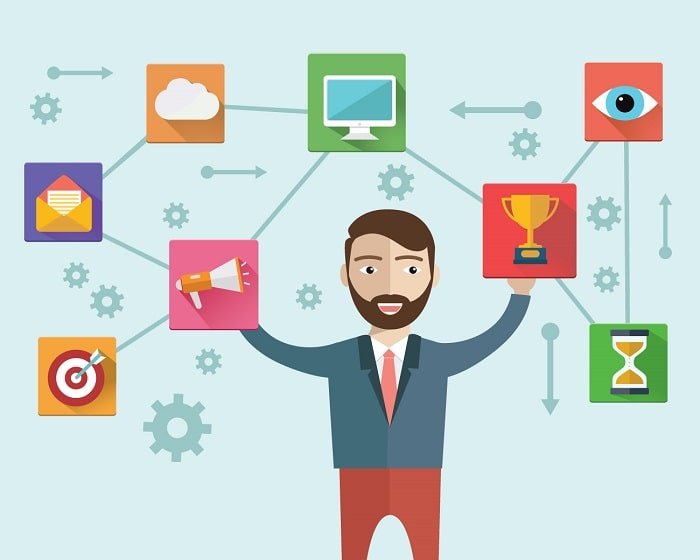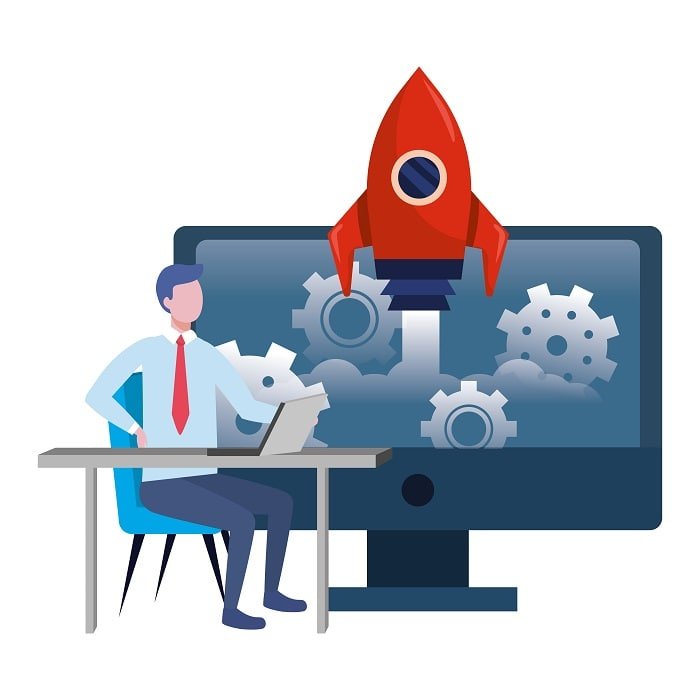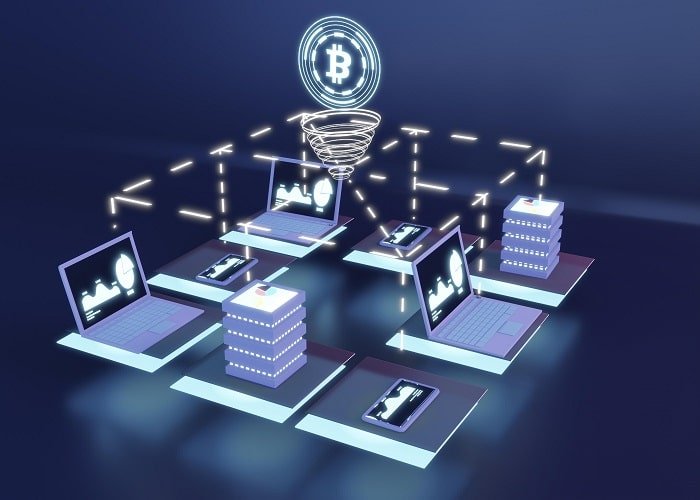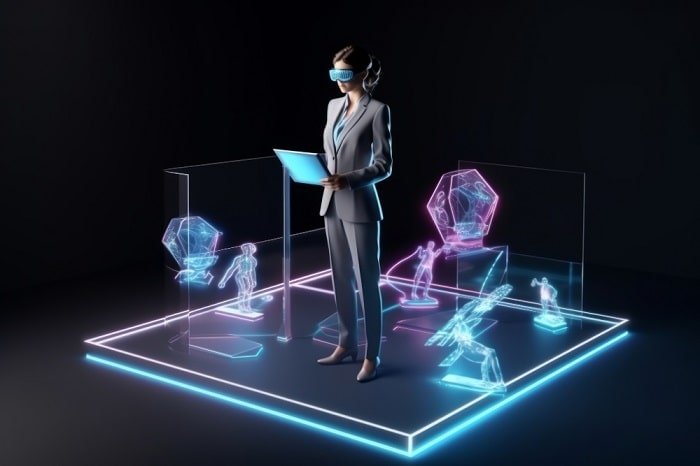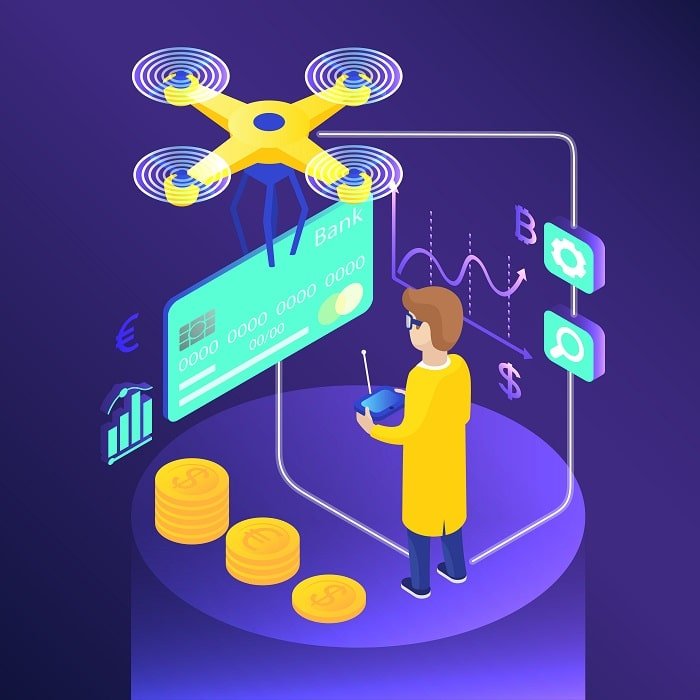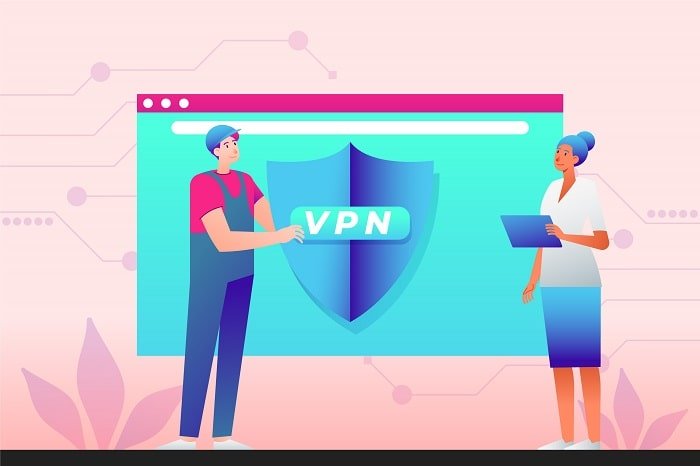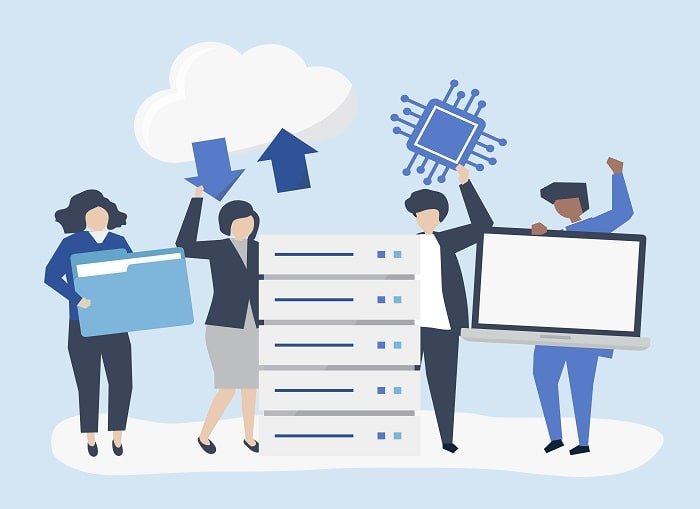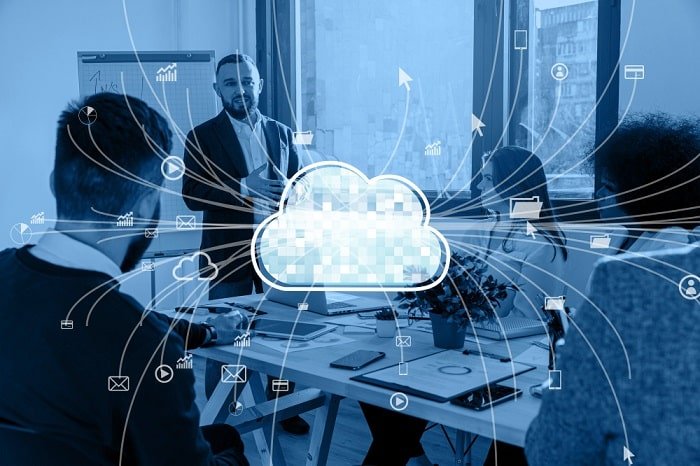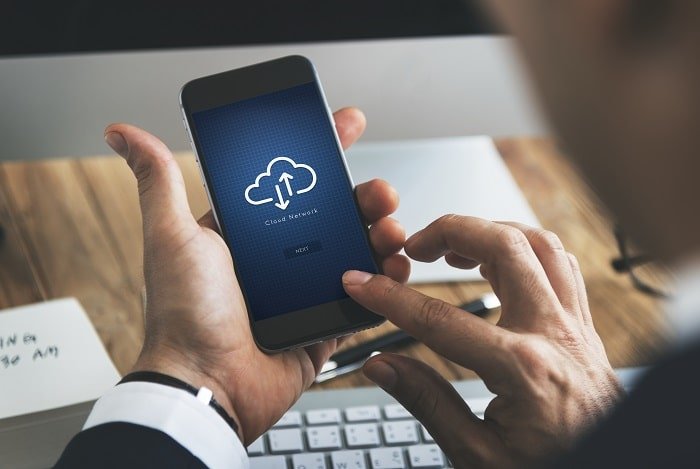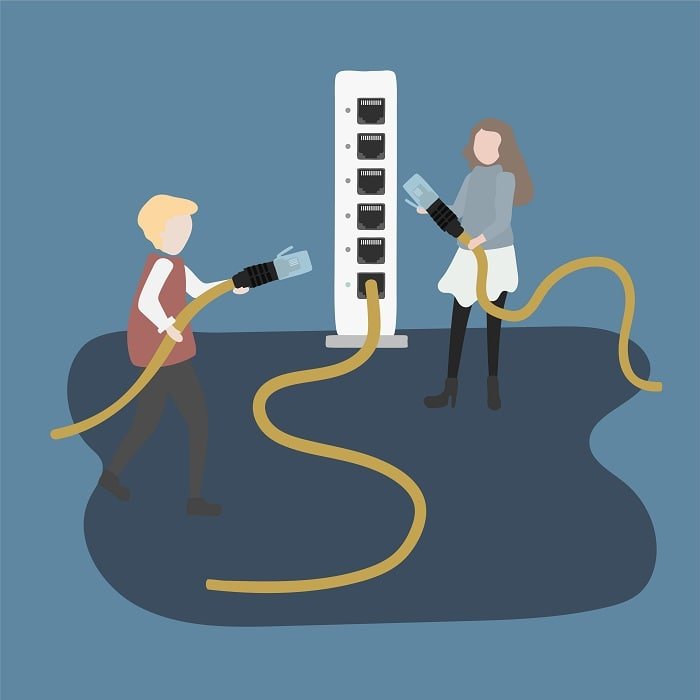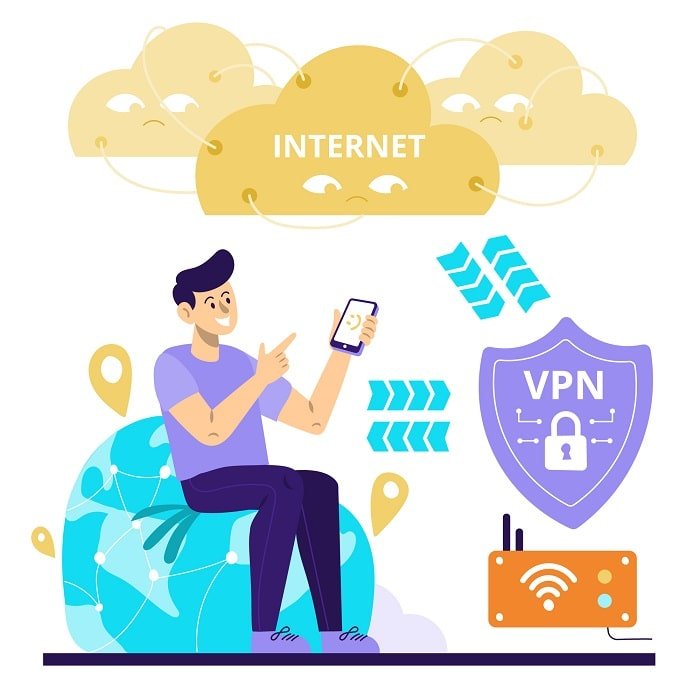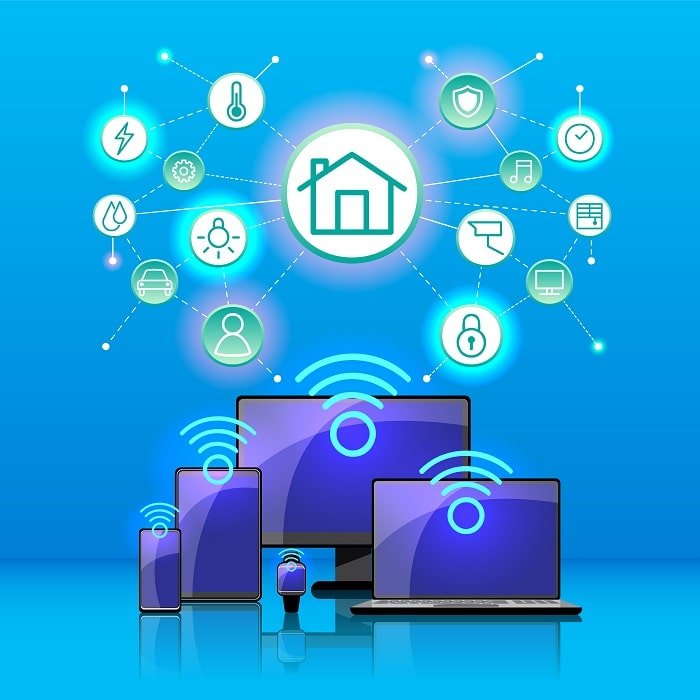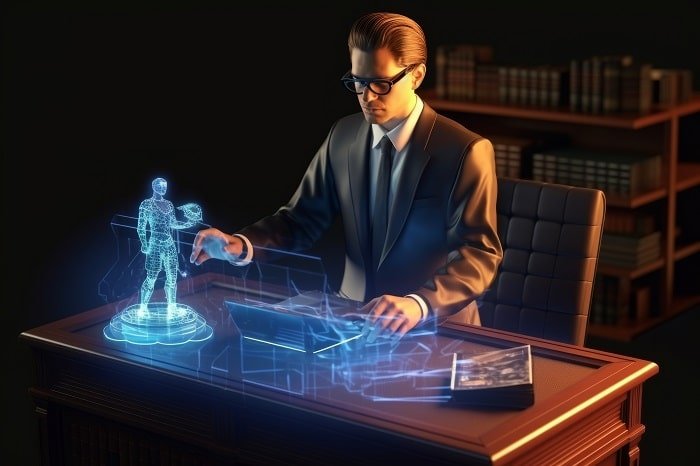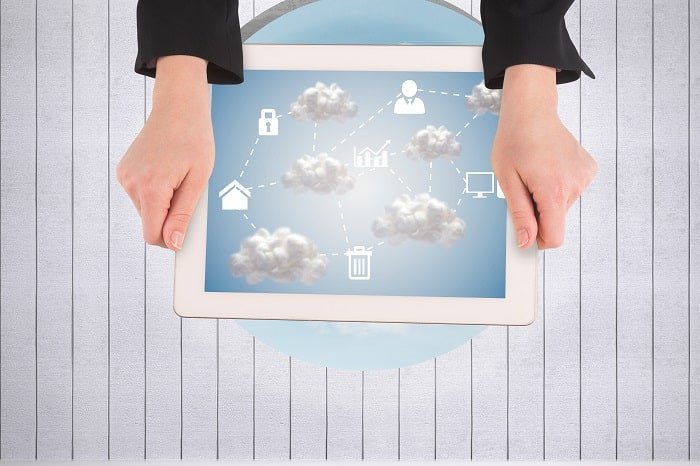
In today’s fast-paced digital world, technology plays a pivotal role in shaping customer experiences. A compelling statistic to consider is that 86% of buyers are willing to pay more for a great customer experience. This highlights the significant impact that technology can have on how customers perceive and interact with businesses.
Customer experience is not just a buzzword; it is a crucial factor that can determine the success or failure of a business in today’s competitive landscape. With consumers having more choices than ever, providing an exceptional customer experience can set a business apart from its competitors.
In this article, we will explore the concept of Customer Experience Technology and its relevance in the modern business world. We will delve into how technology enhances customer interactions, the emerging technologies transforming customer experience, and best practices for implementing these technologies effectively.
Understanding Customer Experience
Definition of Customer Experience
Customer experience (CX) encompasses every interaction a customer has with a business, from the first point of contact to post-purchase support. It includes various touchpoints, such as:
- Website interactions: How users navigate and engage with your website.
- Customer service: The quality of support provided through various channels.
- Product usage: The experience customers have while using your product or service.
- Feedback and follow-up: How businesses respond to customer feedback and inquiries.
Importance of Customer Experience
The impact of customer experience on a business is profound. Here are some key points to consider:
- Customer Loyalty: A positive experience fosters loyalty, encouraging customers to return and make repeat purchases.
- Retention: Satisfied customers are less likely to switch to competitors, reducing churn rates.
- Advocacy: Happy customers often become brand advocates, promoting your business through word-of-mouth and social media.
Examples of Companies Known for Exceptional Customer Experience:
- Amazon: Known for its user-friendly interface and efficient customer service.
- Zappos: Renowned for its commitment to customer satisfaction and hassle-free returns.
Challenges in Delivering a Seamless Customer Experience
Despite the importance of customer experience, businesses face several challenges in delivering a consistent and satisfactory experience across multiple channels. These challenges include:
- Fragmented Data: Customer information may be scattered across different systems, making it difficult to provide personalized experiences.
- Inconsistent Messaging: Different channels may convey varying messages, leading to confusion among customers.
- Resource Limitations: Smaller businesses may lack the resources to implement comprehensive customer experience strategies.
The Role of Technology in Customer Experience
Personalization
Personalization is one of the most significant ways technology enhances customer experience. By leveraging data and customer preferences, businesses can tailor interactions to meet individual needs.
- Examples:
- Personalized Product Recommendations: E-commerce platforms like Amazon suggest products based on previous purchases and browsing history.
- Targeted Marketing Campaigns: Businesses can create tailored email campaigns that resonate with specific customer segments.
- Customized Content: Websites can display content that aligns with user interests, enhancing engagement.
Omnichannel Experience
Technology facilitates a seamless and consistent customer experience across multiple channels. An omnichannel approach ensures that customers receive the same level of service, whether they are shopping online, in-store, or through a mobile app.
- Examples:
- Integrated Customer Data: Businesses can unify customer data from various sources to provide a holistic view of customer interactions.
- Consistent Branding: Maintaining a cohesive brand image across all platforms reinforces trust and recognition.
- Real-Time Updates: Customers can receive real-time information about their orders, appointments, or inquiries, regardless of the channel they use.
Automation and Efficiency
Automation streamlines customer interactions, improving efficiency and response times. By implementing automated systems, businesses can handle customer inquiries more effectively.
- Examples:
- Chatbots: These AI-driven tools can answer common questions and assist customers 24/7, reducing wait times.
- Self-Service Portals: Customers can access information and resolve issues independently, enhancing their experience.
- Automated Customer Support Systems: These systems can route inquiries to the appropriate department, ensuring timely responses.
Data-Driven Insights
Technology enables businesses to gather and analyze customer data, providing valuable insights that can improve customer experience.
- Examples:
- Customer Behavior Analytics: Businesses can track customer interactions to identify trends and preferences.
- Sentiment Analysis: Analyzing customer feedback helps businesses understand customer feelings and perceptions.
- Predictive Modeling: Businesses can anticipate customer needs and preferences, allowing for proactive engagement.
Enhancing Customer Engagement
Technology fosters deeper customer engagement and loyalty through interactive and immersive experiences.
- Examples:
- Interactive Content: Quizzes, polls, and surveys can engage customers and provide valuable feedback.
- Gamification: Incorporating game-like elements into customer interactions can enhance engagement and motivation.
- Virtual/Augmented Reality Experiences: Brands can create immersive experiences that allow customers to interact with products in innovative ways.
Emerging Technologies Transforming Customer Experience
Artificial Intelligence (AI) and Machine Learning
AI and machine learning are revolutionizing customer experience by enabling businesses to analyze vast amounts of data and make informed decisions.
- Examples:
- Predictive Analytics: Businesses can forecast customer behavior and preferences, allowing for tailored marketing strategies.
- Intelligent Chatbots: These advanced bots can understand and respond to customer inquiries more effectively, providing a human-like interaction.
- Personalized Recommendations: AI algorithms can suggest products based on individual customer behavior and preferences.
Internet of Things (IoT)
IoT devices are enhancing customer experience across various industries by providing real-time data and connectivity.
- Examples:
- Smart Home Devices: Products like smart thermostats and security systems offer convenience and control to users.
- Connected Cars: Vehicles equipped with IoT technology can provide real-time traffic updates and navigation assistance.
- Wearable Technology: Devices like fitness trackers offer personalized insights and recommendations based on user activity.
Virtual and Augmented Reality
VR and AR technologies are creating immersive and engaging customer experiences that captivate audiences.
- Examples:
- Virtual Product Try-Ons: Retailers can allow customers to virtually try on clothing or accessories before purchasing.
- Interactive Brand Experiences: Brands can create engaging experiences that allow customers to explore products in a virtual environment.
- Augmented Reality-Enabled Customer Support: AR can assist customers in troubleshooting products through visual guides.
Blockchain
Blockchain technology can improve customer trust and transparency by providing secure and verifiable transactions.
- Examples:
- Secure Customer Data Management: Blockchain can protect sensitive customer information from unauthorized access.
- Transparent Supply Chain Tracking: Customers can trace the origin of products, enhancing trust in the brand.
- Decentralized Loyalty Programs: Blockchain can facilitate loyalty programs that reward customers for their engagement.
Implementing Customer Experience Technology
Assessing Current Customer Experience
Before implementing new technologies, businesses must conduct a thorough assessment of their current customer experience.
- Examples:
- Customer Journey Mapping: Visualizing the customer journey helps identify pain points and areas for improvement.
- Customer Feedback Analysis: Gathering and analyzing feedback provides insights into customer satisfaction and expectations.
- Identifying Pain Points: Understanding where customers face challenges allows businesses to address issues effectively.
Selecting the Right Technologies
Choosing the most suitable technologies is crucial for enhancing customer experience.
- Examples:
- Aligning Technology with Business Goals: Ensure that selected technologies support overall business objectives.
- Considering Scalability and Integration: Choose technologies that can grow with the business and integrate seamlessly with existing systems.
- Prioritizing Customer Needs: Focus on technologies that directly address customer pain points and enhance their experience.
Implementing and Integrating Technologies
Best practices for implementing and integrating customer experience technologies include:
- Phased Rollouts: Gradually introduce new technologies to minimize disruption and allow for adjustments.
- Employee Training: Ensure that staff are trained to use new technologies effectively, enhancing their ability to serve customers.
- Seamless Integration with Existing Systems: Ensure that new technologies work well with current systems to provide a cohesive experience.
Measuring and Optimizing
Measuring the success of customer experience technology initiatives is essential for continuous improvement.
- Examples:
- Key Performance Indicators (KPIs): Establish KPIs to track the effectiveness of customer experience initiatives.
- A/B Testing: Experiment with different approaches to determine what resonates best with customers.
- Continuous Optimization: Use customer feedback and data to refine and enhance customer experience strategies.
Case Studies and Success Stories
Successful Implementation of Customer Experience Technology
Several businesses have successfully implemented customer experience technologies, leading to significant improvements.
- Example 1: A retail chain integrated an omnichannel strategy, allowing customers to shop seamlessly across online and physical stores. This resulted in a 30% increase in customer satisfaction scores.
- Example 2: A financial services company adopted AI-driven chatbots for customer support, reducing response times by 50% and improving customer engagement.
Lessons Learned and Best Practices
From these case studies, several key lessons and best practices emerge:
- Invest in Training: Ensure employees are well-equipped to use new technologies effectively.
- Focus on Customer Needs: Always prioritize the customer experience when implementing new technologies.
- Measure Success: Regularly assess the impact of technology on customer experience and make adjustments as needed.
Conclusion
In conclusion, the role of customer experience technology in today’s business landscape is undeniable. As

